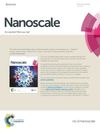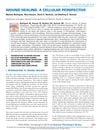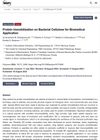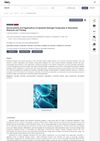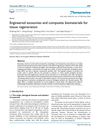Polyphenol-Mediated Biomimetic Mineralization of Sacrificial Metal-Organic Framework Nanoparticles for Wound Healing
October 2022
in “
Cell Reports Physical Science
”
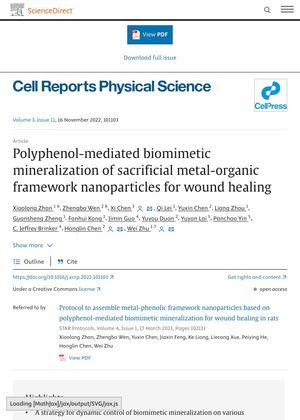
TLDR New wound healing method using nanoparticles in a gel speeds up healing and reduces infection and inflammation.
The study introduces a new method for wound healing using polyphenol-mediated biomimetic mineralization of sacrificial metal-organic framework nanoparticles (MPFs). The researchers used polyphenol to stabilize the mineralized precursor solution, which when combined with MOFs, resulted in fast mineralization on the MOF surface. The mineralized MPFs were loaded into a gelatin-chitosan hydrogel, which demonstrated antibacterial and anti-inflammatory properties, and promoted angiogenesis, collagen deposition, and hair follicle regeneration. The wound size of the best treatment group healed to 30.6% of its initial size by day 7, faster than the untreated group (59.3%). The study also found that the mineralized MPFs had improved biocompatibility, with negligible toxicity to L929 cells (mouse fibroblast cells) after 24 hours of coincubation. The MPFs also showed antioxidant activity, reducing the accumulation of reactive oxygen species (ROS) that can delay wound healing. The researchers believe that this biomimetic mineralization strategy can be extended to other interface mineralization of living organisms.
